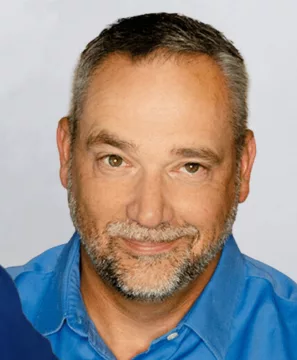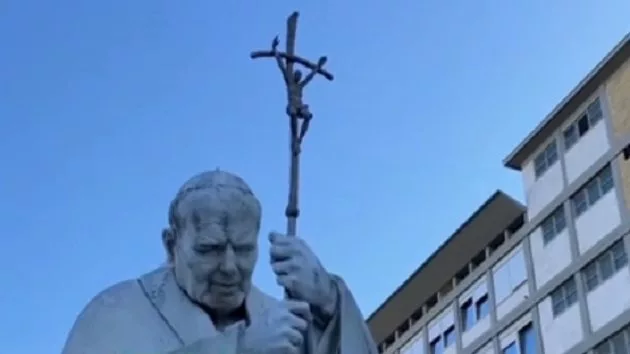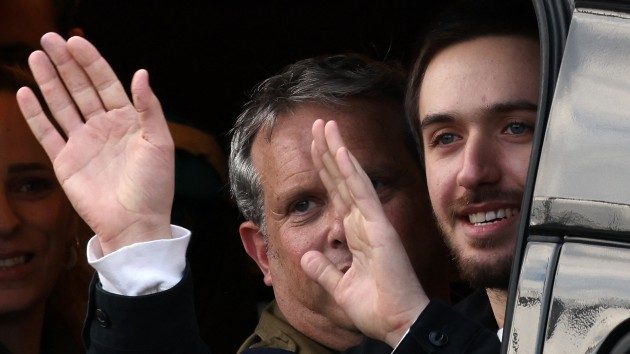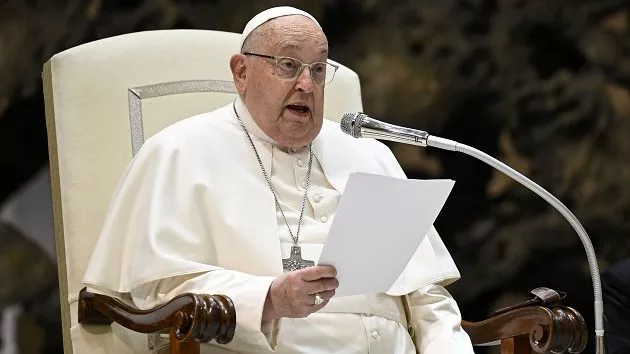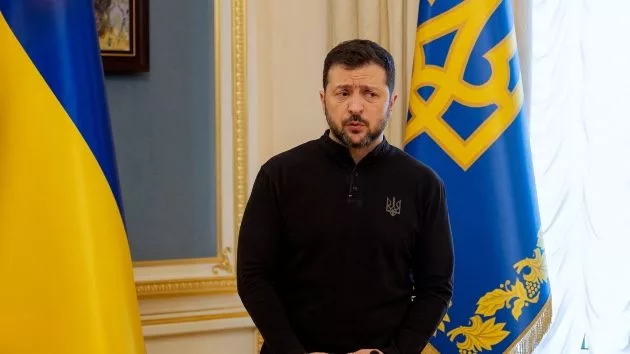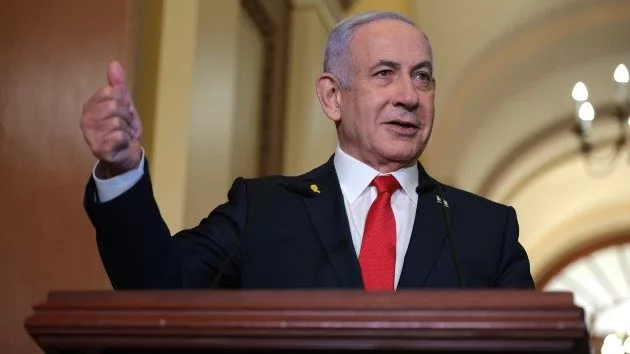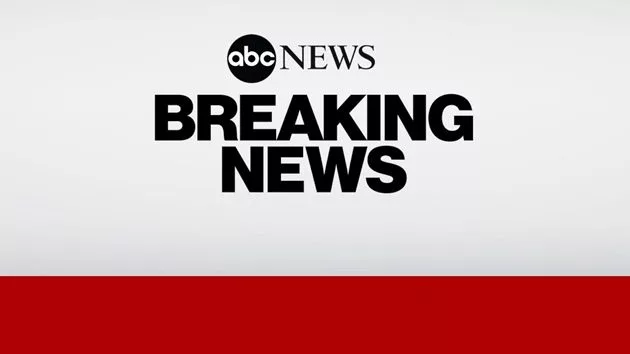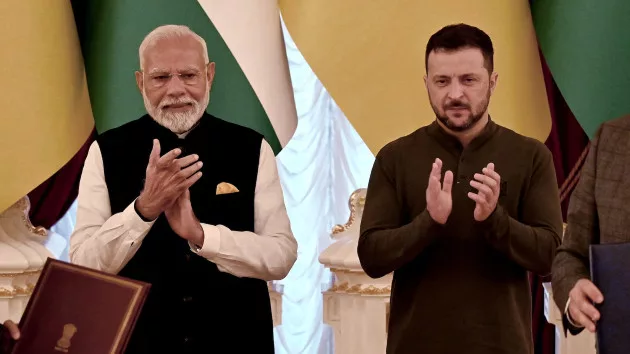
(LONDON) — Ukraine scored victories on and off the battlefield last week, with Kyiv securing a long sought after visit by Indian Prime Minister Narendra Modi against the backdrop of its evolving offensive into Russia’s Kursk region.
A wartime visit by Modi — the popular and powerful leader of the world’s second most populous nation, its fifth largest economy and a major military and economic partner for Russia — has long been near the top of Kyiv’s diplomatic wish list, second perhaps only to a visit by China’s President Xi Jinping.
“It’s great news for Ukraine and can be viewed as a diplomatic victory,” Oleksandr Merezko, a member of the Ukrainian parliament and chair of the body’s foreign affairs committee, told ABC News of Friday’s visit. “It’s important for us to have a direct dialogue with him, and persuade him to be on the right side of history.”
With a cease-fire proving elusive after two and a half years of war, Kyiv’s friends and enemies alike will see opportunity in Modi’s outreach.
On Monday, President Joe Biden “commended” Modi on his Ukraine visit, per a White House readout, praising the leader’s “message of peace and ongoing humanitarian support.”
Russians, too, are “positive” about the visit, Oleg Ignatov — the Crisis Group’s senior analyst for Russia — told ABC News.
“Russia will welcome their role, if their role is constructive,” Ignatov said.
The U.S. and its Western partners — even officially non-aligned ones like Switzerland and Austria — have “lost their position of independent, impartial players” in the Kremlin’s eyes, Ignatov said.
“They can’t be middlemen,” Ignatov said.
But perhaps Modi can be that middleman.
True neutral
Modi’s dueling visits to Russia and Ukraine characterize — even if unintentionally — New Delhi’s staunch neutrality. The prime minister was in Moscow when a Russian missile struck a Ukrainian children’s hospital in July. His bear hug greeting of President Vladimir Putin earned him a fierce rebuke from Ukrainian President Volodymyr Zelensky.
And now, Modi has sat down with the Ukrainian leader while the latter’s troops expanded their occupation of Russian territory, in an operation that Putin has decried as a criminal effort to destabilize his nation.
Merezhko said he was “surprised” by the timing.
“I suspect that our American and European allies are trying to push India in the right direction,” Merezhko said.
India has neither condoned nor condemned Russia’s full-scale invasion. New Delhi has been urging de-escalation and peace talks while benefiting from historically low prices for Russian oil — which India is also processing and selling on to the West — amid the Western sanctions campaign, analysts have noted.
India has not signed up to the Western-led sanctions drive. Russia is selling oil to India at prices above the G7 price cap, but Treasury Secretary Janet Yellen has said that is acceptable, as long as India avoids Western insurance, finance and maritime services which are bound by the cap.
Foreign minister Subrahmanyam Jaishankar said last week: “It is not like there is a political strategy to buy oil … there is an oil strategy to buy oil … there is a market strategy.”
Modi’s India has been building its U.S. ties, happy to work closely with both Republicans and Democrats as the nation looks to extract its mammoth economic potential and blunt the longstanding threat from China across their shared Himalayan border — a challenge experts have suggested is a major driver of the evolving U.S.-India relationship.
India’s trade with Russia is worth less than half that of the $130 billion exchange with the United States. The 2023 U.S.-Indian commitment to the multibillion India-Middle East Economic Corridor speaks to the expanding strategic vision of the two nations. The White House described the project as “a gateway to our future,” while New Delhi lauded what it called “a transformative integration of Asia, Europe and Middle East.”
India is also increasingly looking towards the U.S. for its military needs while its military trade with Russia dwindles, amid concerns about the quality of Moscow’s goods and its inability to deliver on advanced contracts. A warm relationship with the U.S. may also somewhat insulate Modi from concerns — at home and abroad — that he is pushing India’s democracy in an illiberal and perhaps even authoritarian direction.
Modi and his government have pushed back on such criticisms. At a press conference with President Joe Biden in 2023, Modi said there “is no scope for any discrimination” under his administration. And this year, India’s Foreign Ministry dismissed a State Department report detailing “significant” human rights abused as “deeply biased.”
Asked about the Ukraine visit, a State Department spokesperson told ABC News: “We continue to ask all our partners, including India, to support efforts toward a just and lasting peace for Ukraine and to urge Russia to withdraw its forces from Ukraine’s sovereign territory.”
Before departing New Delhi last week, Modi reiterated his calls for peace, saying in a statement: “As a friend and partner, we hope for an early return of peace and stability in the region.”
India’s position — firmly on the fence — could prove an opportunity for both sides.
Neither the Indian Foreign Ministry nor the Kremlin responded to ABC News’ request for comment in time for publication.
‘Let’s talk’
Officially neutral nations like India, China, Qatar or Saudi Arabia could all play a central role in bringing the war to an end, or at least achieving a cease-fire. All refused to join the Western-led sanctions campaign against Moscow, and all have called for an end to the fighting.
Indeed, reported secret Qatari efforts to facilitate renewed cease-fire talks were only scuppered by Ukraine’s Kursk offensive earlier this month.
“They are ready to play the role of intermediaries; not negotiators, but facilitators, to help both countries understand which issues their positions could be close on,” Ignatov said of non-aligned nations. “If there is a request from both Ukraine and Russia, they will help. But they won’t do anything to the detriment of one country.”
Modi’s visit may undergird the apparent sentiment on both sides of the war that negotiations could be revived. But, Ignatov said, any new proposal should be broad, and as simple as: “Let’s talk.”
Chietigj Bajpaee of the Chatham House think tank in London, U.K., told ABC News that Modi wants to promote India “as a rising and responsible global power,” and potentially as a “bridging power” between the West, its adversaries in authoritarian nations like Russia, China and India, and less powerful “Global South” nations not willing to commit to broader U.S.-led transatlantic goals.
“The other countries that maintain very good relations with Russia — China, Iran, North Korea — all of these are countries with which the U.S. and the West maintain difficult relations,” Bajpaee said.
“In theory, at least, I think India is well positioned to play some sort of role as a bridging power or mediating role in the conflict in Ukraine. Whether it has the means and motivation to do so is another question,” Bajpaee added.
Indian officials have publicly ruled out acting as official mediators between the warring nations, though Modi has said he is willing to convey messages between them.
For Merezhko, India would be a more appealing facilitator than China, for example. Beijing presented an initial peace plan in 2023 which was widely dismissed in Kyiv, followed by a second effort in coordination with Brazil in May.
“Modi shows that Ukraine exists for India,” Merezhko said. “In this regard, we can see a contrast between China’s and India’s position on Ukraine. Whereas Xi has not visited Ukraine at all and had several meetings with Putin, which is very telling, India’s prime minister seemingly is trying to keep some balance.”
“The Chinese plan is empty and pro-Russian. Modi, if he plans to come up with his own peace plan, will at least try to be more constructive than China,” Merezhko said.
Modi will likely keep one eye on facilitating dialogue between Kyiv and Moscow, Yehor Cherniev — a member of the Ukrainian parliament and the chairman of his country’s delegation to the NATO Parliamentary Assembly — told ABC News, not least because of continued concerns in the “Global South” as to the conflict’s detrimental effect on trade.
But any nascent rumblings of new talks will be secondary to the ongoing combat. Ukrainian forces will keep pushing in Kursk and Russian forces on the eastern front, particularly in Donetsk. Meanwhile, both sides will keep bombarding the other’s cities with drones and missiles.
Russia’s weekend nationwide missile and drone bombardment of Ukraine served as a bloody reminder of the diplomatic gulf between the two sides.
“The outcome of this war will be decided by Russia and Ukraine,” Ignatov said, “not by India, China or the United States.”
Cherniev said that while Ukrainians are “open” to fresh ideas and “thankful” for Modi’s visit, his compatriots will wait to see “what conditions” will be tied to any revival of dialogue.
“It’s difficult to predict any outcomes of peace negotiations,” Cherniev added, stressing that Kyiv’s demand of full territorial liberation “has not changed.”
As to the persistent question of territorial concessions in pursuit of peace, Cherniev replied: “We will never do this.”
Copyright © 2024, ABC Audio. All rights reserved.

